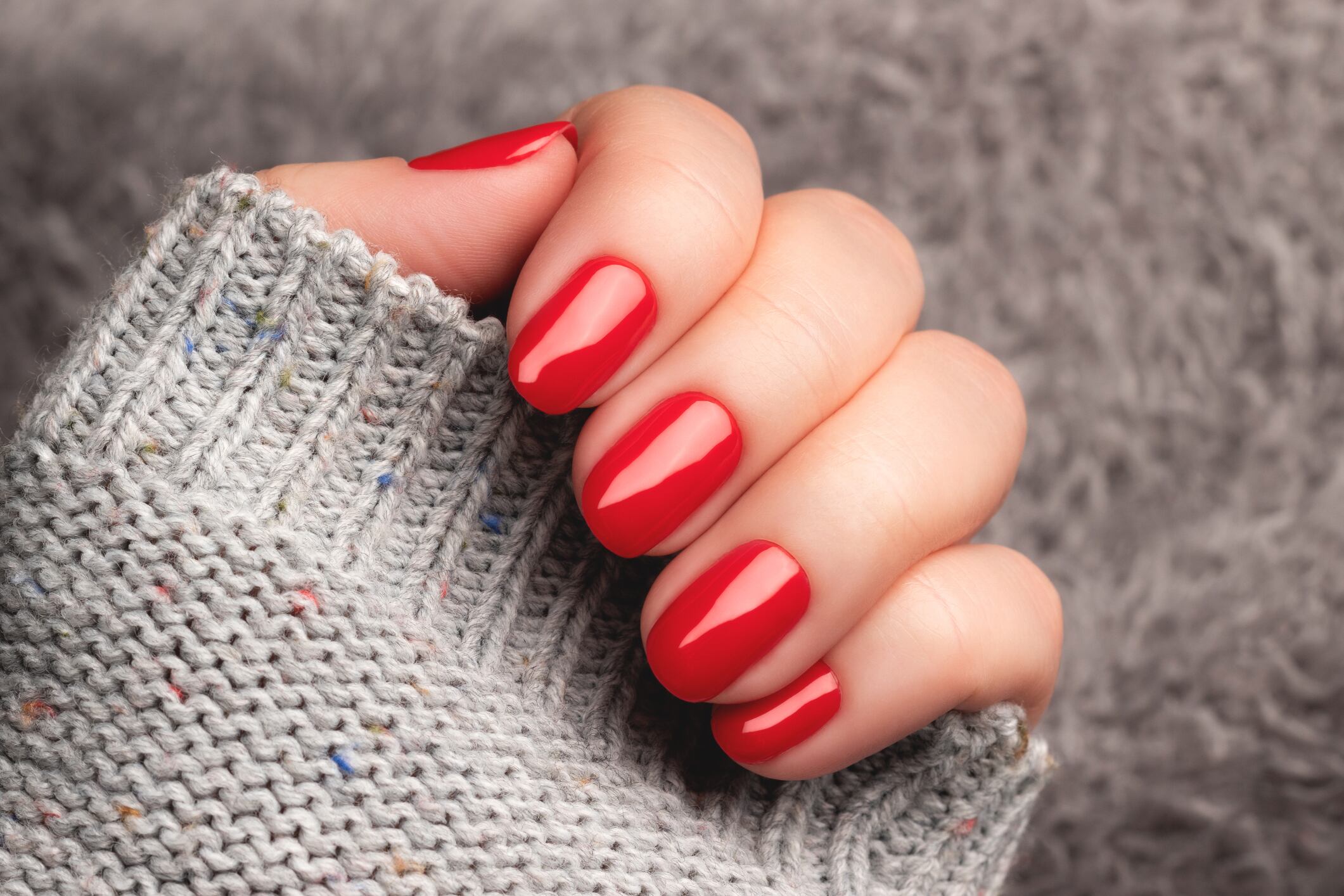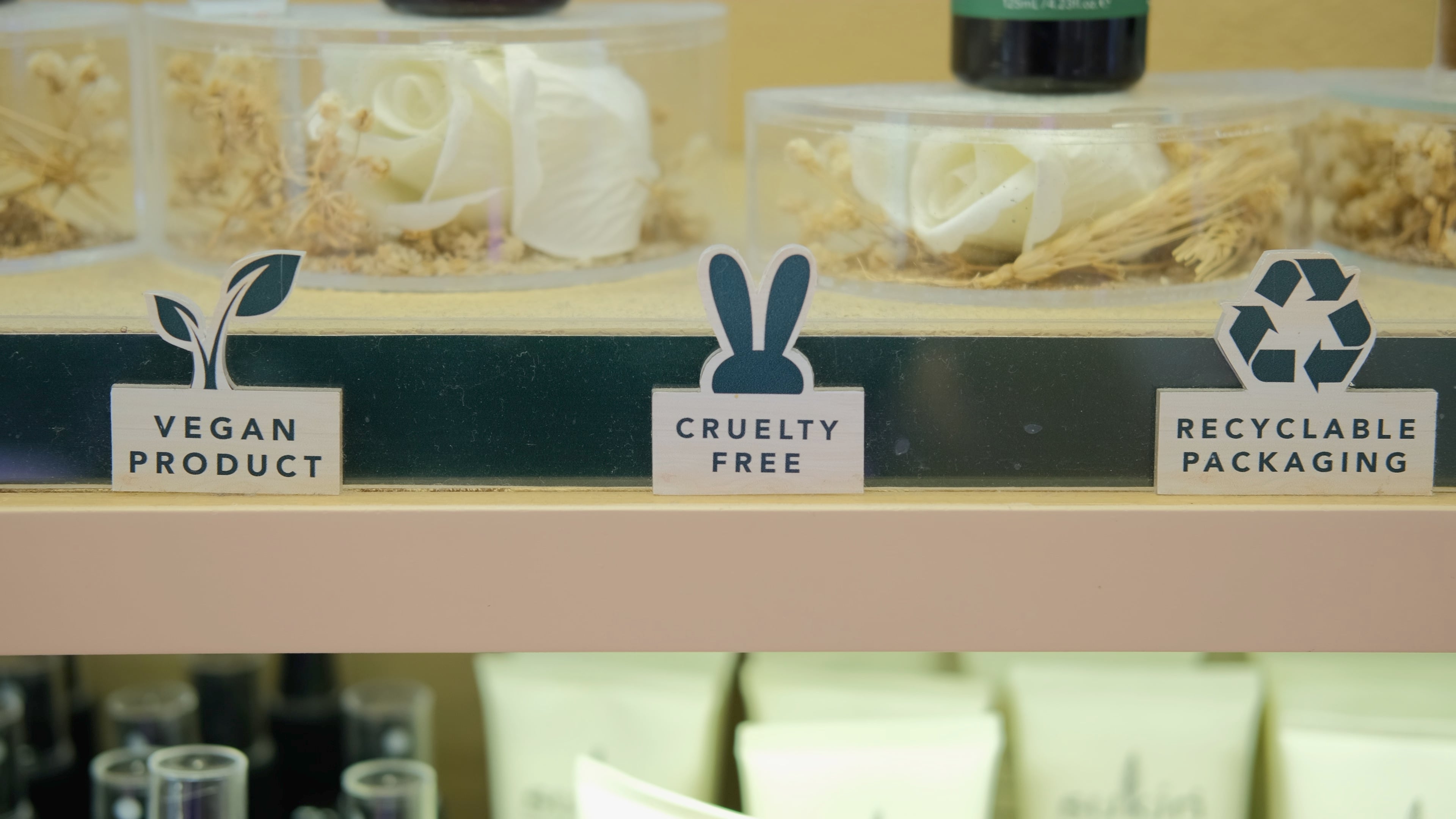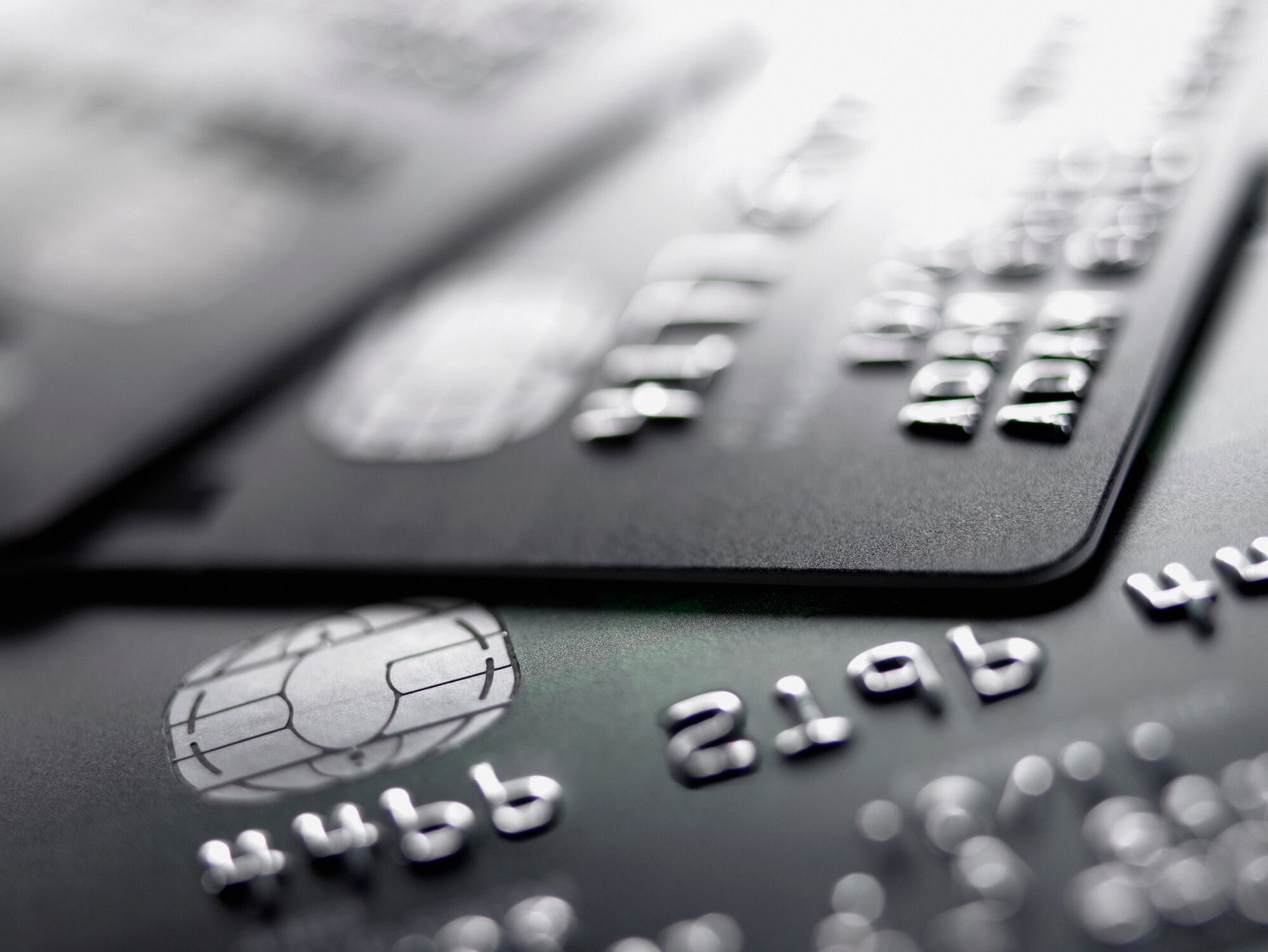For the first time, artificial nails are forecast to beat traditional nail polish sales in 2023, according to a new report from market research firm NIQ. Following years of consistent growth YoY by artificial nail sales and simultaneous years of decline by nail polish sales, in Q4 of 2022, artificial nails quarterly sales bypassed traditional nail polish by $6 million ($160 million versus $154 million).
Bolstered by a combination of convenience, ease of use for the consumer, and growing popularity on social media platforms like Instagram and TikTok, the sales boom of artificial nails like press-ons is unsurprising but significant to personal beauty care product manufacturers looking to meet the rising trend of consumer demand better.
Following the restrictions of the COVID-19 pandemic, which saw consumers embrace at-home beauty care treatments in response to the lack of available in-person beauty treatment opportunities, the desire for salon-quality nail care options at DIY prices has persisted in the face of economic uncertainty – and artificial nails make this even easier for the average consumer.
This shift in focus for the beauty industry “represents how the trend towards more elaborate nails has now become mainstream,” said Anna Mayo, VP of Beauty & Personal Care Thought Leadership at NIQ. She added, “it also represents a commentary on inflation and specifically rising prices at nail salons. With salon prices of gel manicures and artificial nails rising so steeply, some consumers are opting to do it themselves at home and finding that they love the results.”
To learn more about the available sales data supporting the growth of the artificial nail category, the average consumer profile of nail care products, and the growing appeal of artificial nails surpassing nail polish, CosmeticsDesign spoke with Mayo for her insights in conjunction with reviewing the recently published report.
The sales data
As detailed in the report, higher growth rates in the artificial nail category over the past four years finally boosted this product category past its long-dominant alternative in Q4 2022. While overall in 2022, “artificial nails totaled $581M compared to nail polish’s $649M instore sales,” the consistency of the sales growth rates for artificial nails puts the category on track to surpass traditional nail polish overall in 2023. As concluded in the report, “the consistency of this trend indicates that total annual sales of artificial nails will finally outpace nail polish in 2023 for the first time.”
The growth and decline rates have remained relatively consistent when comparing the annual nail polish sales versus artificial nails, specifically considering the mass sales reported for in-store purchases. In 2019, nail polish outsold artificial nails by $286 million ($606 million versus $320 million, respectively).
However, that gap narrowed the following year to $229 million, with traditional polish reaching $690 million in sales compared to $461 million for artificial nails. Respectively, this was a YoY increase of $141 million in sales for artificial nails, compared to a YoY growth of $84 million in sales for nail polish.
In 2021, the gap between the two product categories narrowed even further, with nail polish reporting its first YoY sales dip down to $681 million, while artificial nails sales rose to $542 million, leaving the gap between the two at just $139 million and representing a YoY increase of $81 million in sales for artificial nails. In 2023, artificial nails are projected to surpass traditional polishes by $6 million in mass sales, and the projected sales gap in 2024 has artificial nails outselling traditional nail polish by $81 million.
The consumer profile
There is a notable overlap between nail polish and artificial nails in consumer purchasing habits, and the NIQ report notes that 36% of nail polish buyers also purchase artificial nails. This overlap represents a 2% increase YoY in consumers purchasing products from both categories.
Simultaneously, there has also been a 4% decrease in nail polish buyers from the artificial nail buyer group, indicating that consumers are slowly but consistently migrating from purchasing products from both categories to favoring one category in particular- and that category is artificial nails. Across in-store and online sales overall, the report notes artificial nails have gained a 9% increase in purchasers, while nail polish saw a decrease of 3% and lost buyers.
The report also notes these changes are not uniformly applied across consumer demographics. Millennial nail polish purchases decreased by 3%, and Boomer purchases of nail polishes decreased by 8%. In comparison, artificial nail sales rose by 39% for Gen Z, 9% for Millennials, and 15% for Gen X. While Gen Z buyers drive growth in both categories, Gen X and Millennial buyers also purchase artificial nail products at a higher rate than nail polishes.
The growing appeal
Innovation in the artificial nail category drives the rising growth rates, which the report attributes to “more design options available than ever before.” Further, “one of the appeals of artificial nails is tied directly to Gen Z’s movement of embracing individuality,” a growing consumer trend in 2023.
Additionally, as detailed in the report, ease of use and “the convenience of press-ons also plays a role in the growth of the category, as this option speaks to a major audience of DIY consumers looking for salon results without paying salon prices.”
Overall, the artificial nail category has seen a 2% growth rate in total market penetration, up to 27.3%. Further, this category has also seen an increase of 4.8% in value spent per buyer versus YAG and an 8.9% increase in the number of buyers versus YAG.
“We have been keeping an eye out for a while on the growing sales of artificial nails and have been waiting for when we would see sales start to outpace nail polish,” Mayo concluded. As this point was recently crossed at the end of last year, it will be interesting to see if artificial nail sales continue to perform as projected, as well as the impact on the cosmetics and personal beauty care product industries as the year progresses.





